Features of planting and growing conifers
Adult ephedra are usually strong, hardy and undemanding. However, they are all sensitive to planting conditions, drainage and lighting and require special care during the seedling stage.
Important
When choosing planting material, carefully examine it. Yellowish or brown needles indicate possible disease or nutritional deficiencies due to root damage.
Having planted a diseased seedling in our country house, we can face exotic diseases that will lead to the death of trees.
Conifers are the general name for a whole department in the plant kingdom. They are united by underdeveloped leaves - needles and seed organs in the form of cones. Each order, genus and species of conifers has its own characteristics, however, there are general preferences and patterns.
Basic requirements for the landing site, soil and the size of the planting holes
Let's take a closer look at these requirements for the most popular tree species in gardening.
| Conifer tree | Optimal location | The soil | The minimum thickness of the drainage layer, mm | Planting pit depth, mm |
| Ate | For young trees - slightly shaded, with diffused sunlight | 2 parts of the top fertile soil layer, 2 parts of leafy soil, 1 part each of peat and sand | 250 | From 700.Dimensions depend on the size of the earthen coma on the roots or the root system of the seedling itself |
| Cypress trees | Well-lit for variegated species. For other varieties - in partial shade | 3 buckets of humus, 2 buckets of leaf soil, 1 bucket of peat and 2 buckets of sand | 200 | Up to 1000 |
| Larch | in sunny areas. The exception is the Japanese species, in this case we dig holes in partial shade. | 2 parts of peat, 1 part of sand, 3 parts of the top fertile soil layer | 200.Only on heavy soils | From 800 for a 4 year old seedling |
| Junipers | only in an area with direct sunlight. | 1 part sand and sod land, 2 parts peat. For the Siberian species, add more sand, and the Virginian species develops better on clay soil. | 200 | From 700 |
| Fir | We plant seedlings from the age of 5 years only in shaded places. | 2 parts clay, 1 part sand and peat, 3 parts humus | 200 | From 600. The root collar should not sink into the ground |
| Pines | We plant 5 summer seedlings in open, sunny places. | 1 part sand and 2 parts fertile soil | 200.Only on heavy soils | Up to 1000 |
| Yew | We plant in partial shade, but yews can develop well in shaded areas. | 2 parts of sand and peat, 3 parts of turf soil | 200 | From 700 |
| Tui | Sunny or partial shade. | 2 parts turf, 1 part each sand and peat | 200 | Up to 800 |
Regardless of the species, conifers will not be able to grow in conditions of close passage of groundwater or strong soil moisture. The roots get wet and die off, the plant does not receive sufficient nutrition, begins to lag behind in development and gradually dries out. If the site is located in such places, it will be necessary to make drainage and drainage of groundwater.
Ephedra do not like frequent precipitation, but thrive in humid air conditions. It is allowed to plant plants near garden ponds or swimming pools: here they will receive enough nutrition and will be protected from burning needles.
General requirements for soil - slightly acidic, light, moisture-absorbing. It is not recommended to plant in areas with fertile soils, especially with high nitrogen content. Here trees will develop unevenly. The gains will be lengthened, but weakened.
Landing technology
First of all, we decide on the timing of planting trees. For most species and varieties, spring or autumn is optimal. The second option is preferable: the plants have time to take root, and, having overwintered, they get more time to develop before extreme heat. But this rule does not apply to large species of conifers and grown in bulky boxes, with a large root ball of earth. We plant tall conifers only in autumn or winter in pits prepared in advance. Adult seedlings with a large ball can be planted all year round.
Advice
When planting thorny spruce trees, in no case remove the forming mesh, burlap or other from the clod of earth under the seedling. The root system is the weakest point of conifers.
Criteria for choosing a good planting material
When choosing seedlings in a nursery, be sure to pay attention to several factors that inform about the health of the plant:
- the color and condition of the needles must correspond to the variety and type of plant;
- from the lower tiers to the very top, the branches should be evenly spaced along the trunk;
- the length of internodes must correspond to the biological data of a certain species;
- it is not recommended to purchase split-top seedlings.
Important
When marking out a place for seedlings, you need to think about the size of the crown after 10-15 years of their life. Otherwise, the branches of neighboring trees will close and completely shade the area.
Tree planting
If we plant trees with an earthen clod, for better survival, we treat the root system with growth stimulants. To do this, put the seedling in the package in water for 24 hours. After that, add the ready-made stimulant "Zircon" or "Humate" for 15 hours.
Then we proceed directly to the landing:
- We dig a hole sufficient in depth and dimensions. Be sure to take into account the size of the root system or root ball (when placing an adult seedling).
- Fill the hole with a sufficient drainage layer by referring to the table above.
- We introduce mineral fertilizer: we add nitroammofosku - up to 500 g and ready-made fertilizer for coniferous trees "Kemira". If a planting fir, you will need to add sawdust to the pit, at least a bucket.
- Fill the hole with several buckets of water.
- We install the seedling and begin to fill it with prepared and fertilized soil in small portions.
- We leave the distance to the top of the hole 100-150 mm and fill this space with mulch.
Plant care
A week after placing the seedlings on the site, they are treated with a solution of "Ecoel", "Narcissus", "Oberga". In the first year, the plants are recommended to be shaded from direct sunlight, and in the first winter it is better to tie them with covering material.
There are no special operations for the care of mature trees. During dry periods, watering and keeping the soil loose and moist is required. Special attention will be required not for zoned conifers, especially those that germinated in the southern regions, but planted in a permanent place in the northern regions. Such plants can disappear in the very first winter: they will not be able to extract water from the frozen soil and will die. To avoid this, cover the roots with an increased layer of mulch.
Diseases and pests. Conifers have a variety of enemies. To describe each and measures to combat them, you will need to write a separate article. Therefore, at the first signs of damage by pests or diseases, we read the reference literature (today it is easy to find it on the Internet) and carry out the appropriate processing.
The work of growing and caring for adult conifers can be time-consuming and demanding. It is especially important to protect your pets from pests and diseases and carry out treatments from them in a timely manner. But the clean air of the coniferous forest and beautiful trees with evergreen needles will decorate any site and will pay for all your efforts many times over.
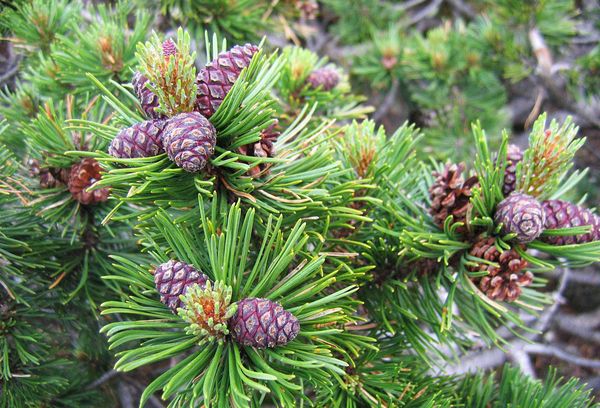
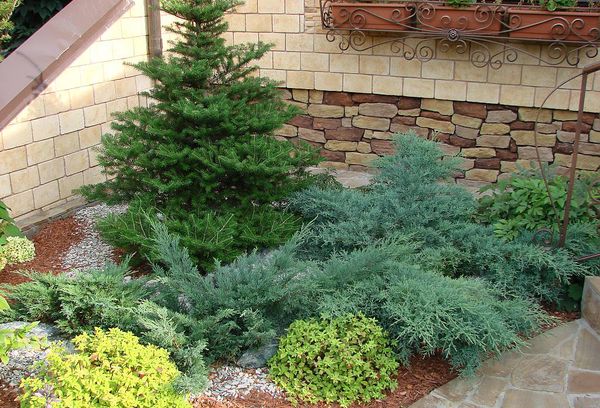
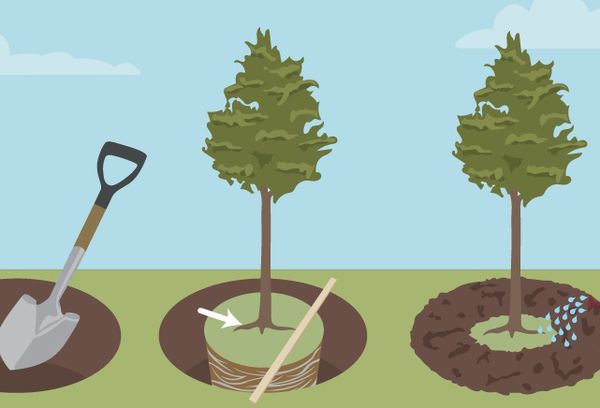
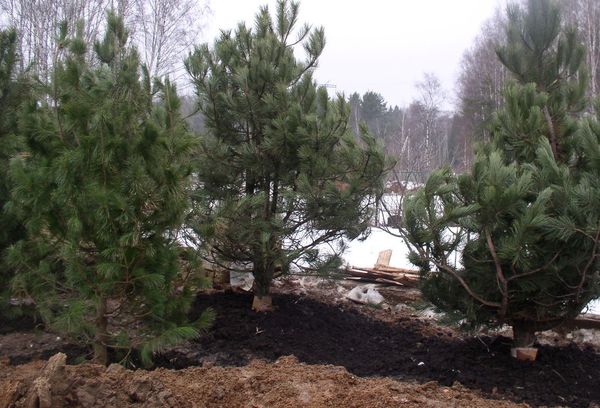
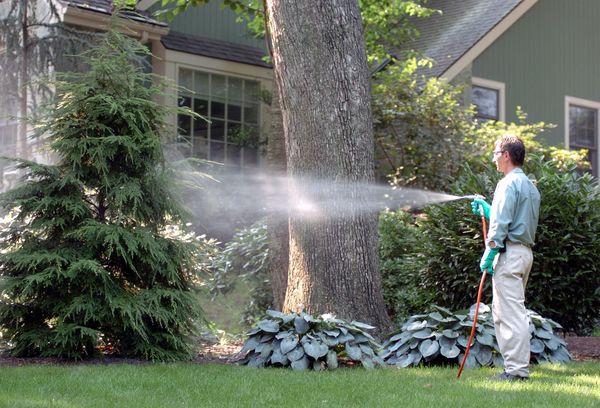
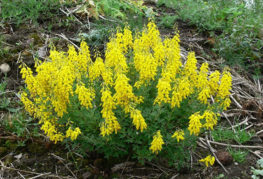
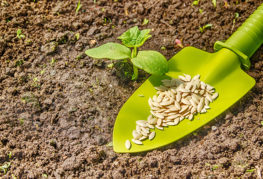
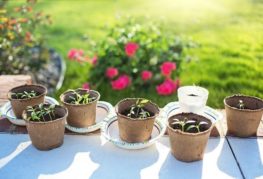


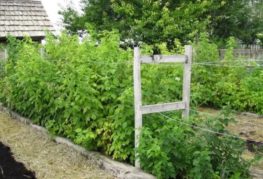
I am wondering if it is possible to fertilize cypresses with bird droppings and how? I've always done this in the spring. In the fall, I bred bird droppings in a barrel in a 100 liter barrel, 10 kg of droppings and 90 liters of water. I left it until spring. In the spring I took a 15 liter bucket 1 liter of droppings and clean water and watered. I am told that bird droppings cannot be fertilized at all. Explain whether I fertilize correctly or not.